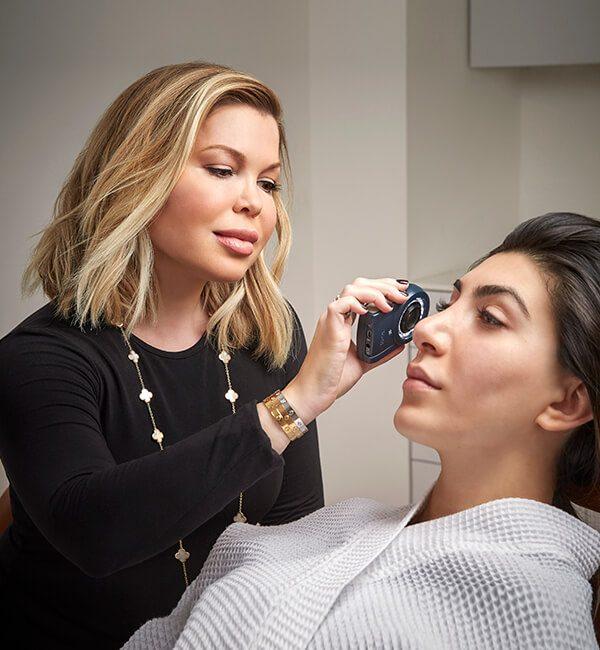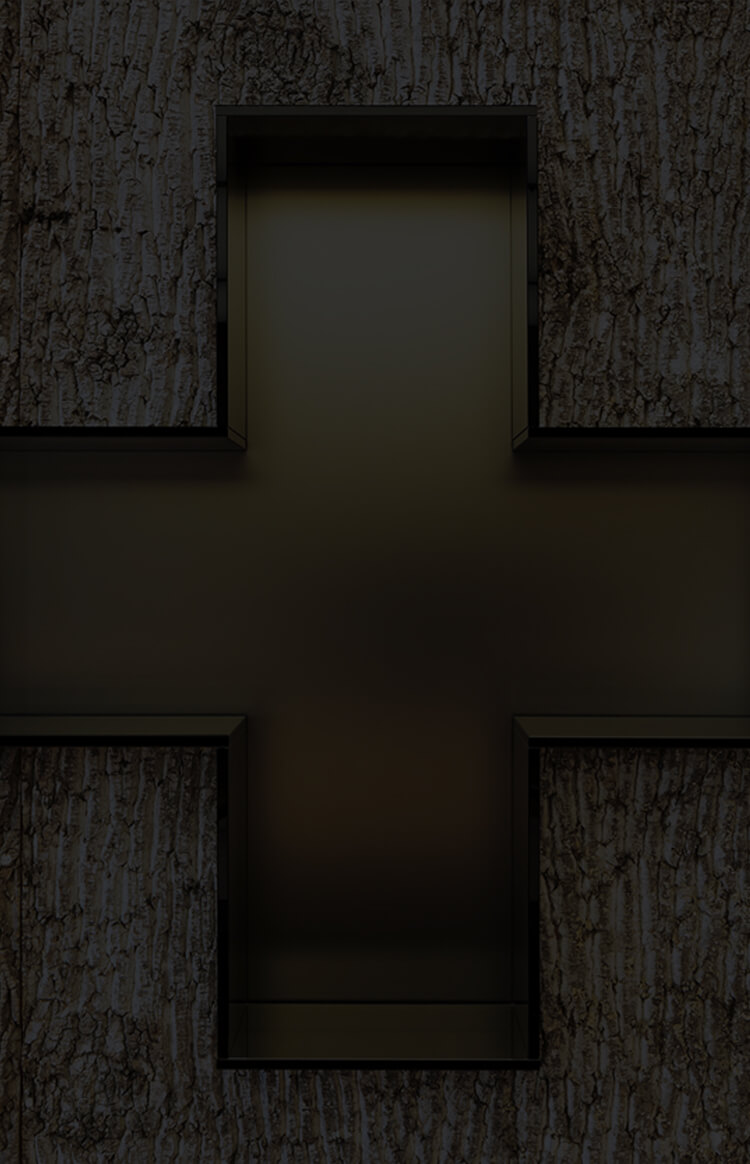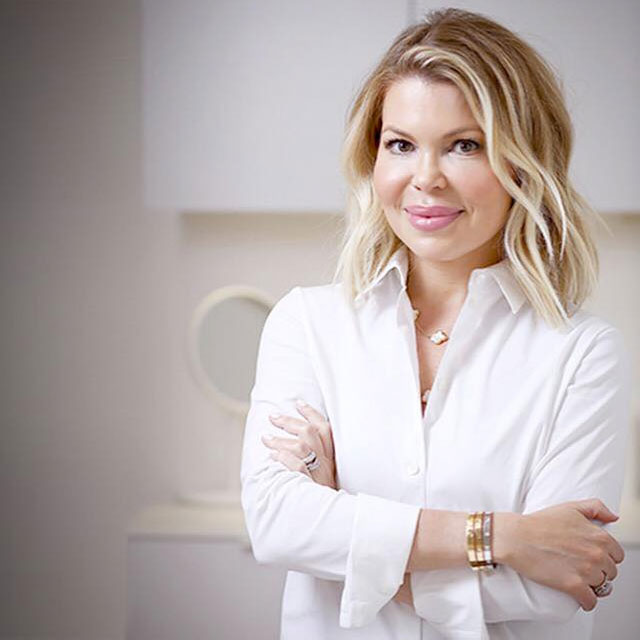- Dermatology
- Plastic Surgery
- Ariel N. Rad, M.D., PH.D.
- Face Cosmetic Surgery
- Breast Cosmetic Surgery
- Body Contouring
- Breast Cancer Reconstruction
- Destination & Travel Package
- Gallery
- Testimonials
- Boutique
- PRESS + BLOG



The most natural results in revolumizing the face with injectable fillers are achieved when we restore what aging changes have taken away.
Our approach is not to create a structure that was never there to begin with but rather to restore structural support to the face so that the features are redefined.
Dr. Sherber and Dr. Rad were asked to lecture about their multi modality approach to rejuvenation of the mid-face at an international symposium on facial plastic surgery in 2014, and they are experienced in the most innovative approaches that yield the subtlest yet most meaningful improvements.

Loss of volume in the cheeks stems from age-related changes in facial architecture. These changes differ depending on each person’s anatomy.
For those with “negative vector” anatomy in which cheekbones are not naturally so prominent as to extend in front of the eye area, the tissues of the mid face tend to lose support and descend more dramatically, which causes the formation of grooves under the eyes and from nose to mouth.
By restoring structural support to the cheeks with injectable fillers, the entire mid-face is lifted. Addressing the root cause of the lines in this way is a much more natural-looking approach to rejuvenating the mid-face than simply to caulk in each line with filler.
The softly round apple of the cheek, called the Ogee curve, is a very youthful feature, and bringing it back in faces that have lost it gives a subtle but powerful rejuvenating boost.
As the skin gets thinned with time, pleating through the cheeks can be seen when smiling. Dr. Sherber injects tiny threads of filler through the area to restore density to the skin without adding obvious volume to the area so that the cheeks don’t have so many creases on animation.
RECOMMENDED TREATMENTS
OTHER OPTIONS
Fractionated ablative lasers like Clear+Brilliant and Permèa improve skin texture to give smoother skin with each treatment.
Intense hydration and deeply-absorbing moisturizers will work to plump up the skin, while targeted exfoliants remove dead skin cells for a naturally luminous sheen on the cheekbones.
The skin around the mouth can manifest age-related changes with loss of definition. The lips can start to lose structural support, which makes them turn inward and appear thinner, and the corners of the mouth can start to droop.
Lines can also form from nose to mouth and from mouth to chin. Subtle use of injectable fillers can restore definition to the lips and density to the skin around the mouth.
Dr. Sherber often uses the “airbrush” technique in which she injects tiny threads of hyaluronic acid filler into areas of thin skin around the lips to restore density and prevent creasing without adding obvious volume.
Fillers can also be employed to augment the lips for those who want to replenish lost volume or to lift the borders of the lips – the key is careful placement and judicious amounts of volume so that they don’t look obviously treated.
RECOMMENDED TREATMENTS
Volbella® XC
Lips can accumulate significant sun damage, and a regimen of exfoliation, moisture, and sun protection will help to nourish and repair the delicate skin.
OTHER OPTIONS
For vertical lines around the mouth, sometimes the most natural looking result is a small amount of Botox to soften the pursing muscles that extend around the lips like spokes of a wheel. In certain instances, Botox and filler together will produce the best result.



Dr. Sherber graduated magna cum laude from Harvard University, where she designed and implemented a novel degree program in health policy focused on assessing and improving quality of care. She next attended the Johns Hopkins University School of Medicine where she earned her M.D. degree. Following a post-doctoral fellowship in clinical research at Columbia University, she returned to Johns Hopkins for dermatology residency training and conducted research in scar healing and in disorders of abnormal collagen. She is now a Clinical Assistant Professor at George Washington University in the Department of Dermatology.
We look forward to welcoming you for your private consultation
Enjoy a unique experience centered on your privacy and on unhurried attention to your concerns
Or Send a confidential inquiry and our staff will be happy to reach out to you
Sherber+Rad1101 15th St. NW, Suite 100, Washington, D.C. 20005